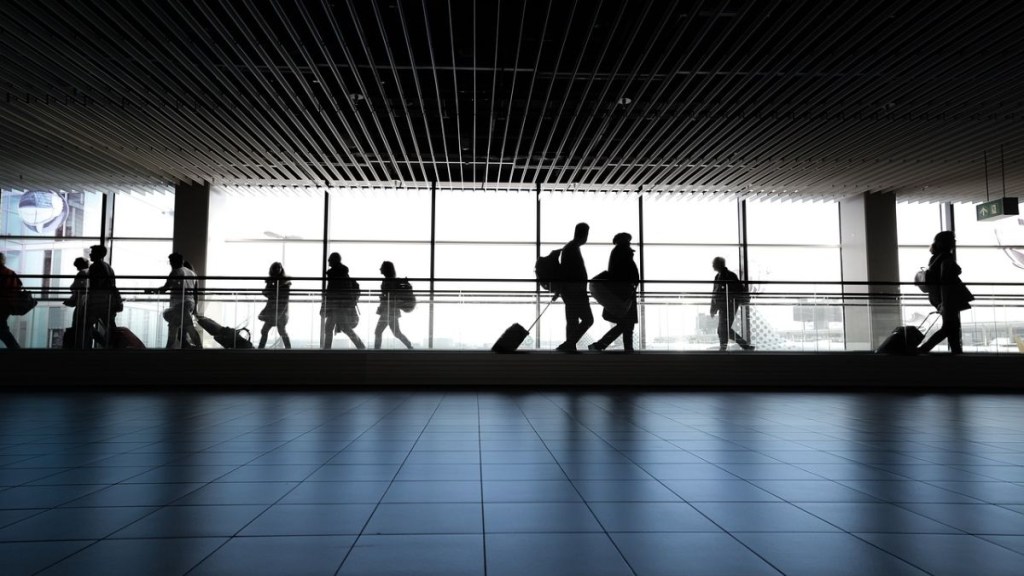As the Indian government prepares to unveil its upcoming 2024-25 Budget, all eyes are on the aviation sector, which stands at a pivotal juncture poised for significant growth. With projections indicating a substantial rise in air passenger numbers in the coming years, as highlighted by Sanjeev Kumar, Chairman of the Airports Authority of India. The anticipation is high for policies and allocations that will support this trajectory.
AAI chairman emphasised the potential for the Indian aviation market to cater to nearly 300 crore passengers annually by 2047, underscoring the sector’s critical role in serving a burgeoning middle class and expanding population. “As per one estimate, by 2047, we should be carrying almost 300 crore passengers per year. Our population is huge; our middle class is growing, so the number of travellers is going to grow,” Kumar had said.
The aviation sector is experiencing a significant resurgence following the COVID-19 pandemic, driven by a substantial increase in passenger demand. Both domestic and international air travel are seeing an unprecedented surge in passenger volumes, indicating a strong recovery and promising prospects ahead for the industry.
India now 3rd-largest domestic airline market
Based on analysis using OAG data, India has ascended to become the world’s third-largest domestic airline market, a notable climb from its fifth position a decade ago. The data reveals that India’s domestic airline capacity has doubled over the past decade, growing from 7.9 million in April 2014 to 15.5 million in April 2024.
.
In moving to the third position, India has surpassed Brazil, now ranked fourth with 9.7 million seats, and Indonesia, which has dropped to fifth with 9.2 million seats. The United States (86.1 million) and China (67.8 million) maintain their lead as the top two countries in terms of domestic airline capacity.
India’s annual growth rate in seat capacity over the past decade is the highest among the top five nations, averaging 6.9%. This is followed by China at 6.3%, the US at 2.4%, Indonesia at 1.1%, and Brazil experiencing an annual decline of 0.8%.

